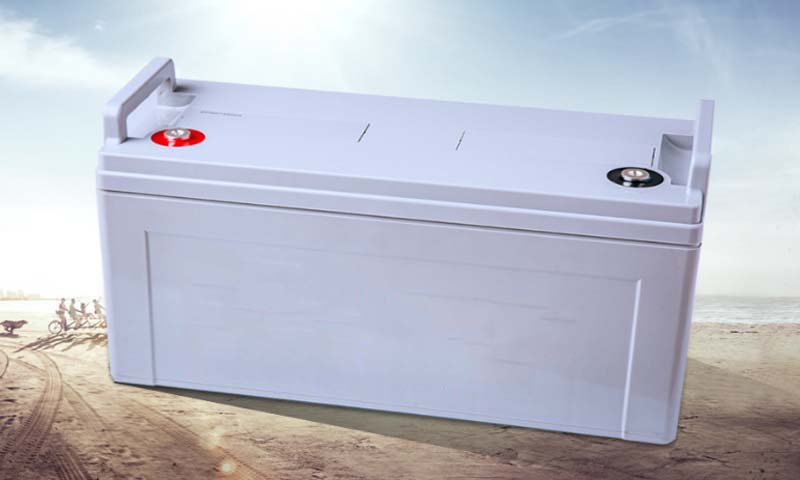The depth of discharge (DoD) is a critical parameter that affects the cycle life and overall health of lead-acid batteries. It refers to the percentage of the battery’s capacity that has been used relative to its total capacity.
Frequent deep discharges can significantly shorten the lifespan of lead-acid batteries. Each discharge cycle causes mechanical stress on the battery’s plates and active materials, leading to gradual degradation. Shallow discharges, where only a small portion of the battery’s capacity is used, result in less stress and can extend the battery’s cycle life. However, it’s important to note that lead-acid batteries also require periodic full discharges to prevent sulfation, a condition where lead sulfate crystals form and harden on the battery plates, reducing capacity.
Balancing the depth of discharge is key to maintaining the health and longevity of lead-acid batteries. Implementing strategies such as partial cycling and regular maintenance discharges can help optimize battery performance and ensure reliable operation over time.


